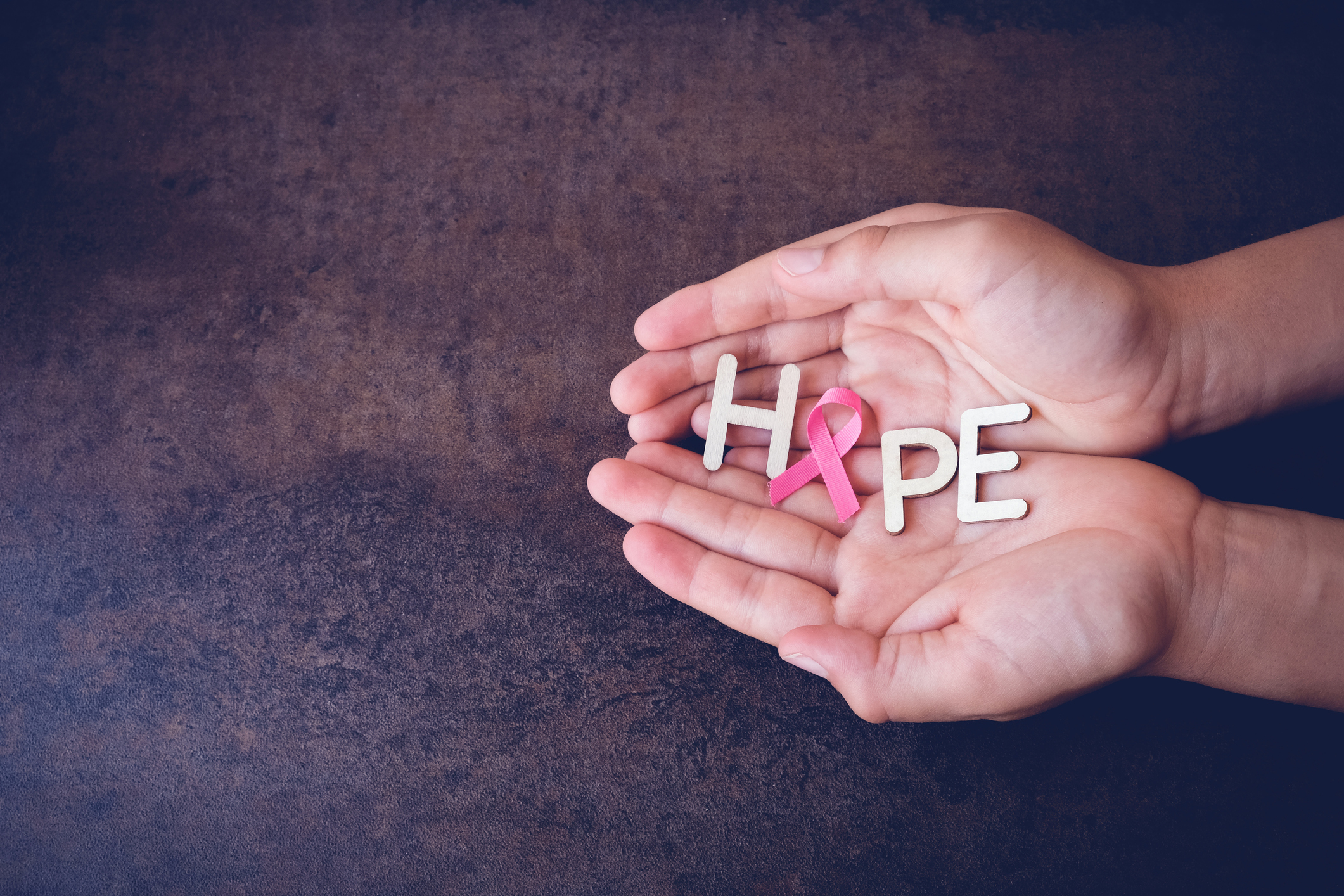 Loading...
Loading... Loading...
Loading...Take charge of your health by staying on top of risk factors, family health history and regular exams.
 Breast cancer has few limits. It impacts everyone, not only those with the diagnosis. The second most commonly diagnosed form of cancer in women, it affects one in eight females in their lifetime, according to The Centers for Disease Control and Prevention. Knowing the risk factors and your family health history, and keeping up with regular exams and screenings can improve one's chances of surviving the disease.
Breast cancer has few limits. It impacts everyone, not only those with the diagnosis. The second most commonly diagnosed form of cancer in women, it affects one in eight females in their lifetime, according to The Centers for Disease Control and Prevention. Knowing the risk factors and your family health history, and keeping up with regular exams and screenings can improve one's chances of surviving the disease.
Risk factors can be broken into two camps: those you can control and those you can't.
Here's what you can impact:
- Weight
- Diet
- Exercise
- Stress and anxiety
- Alcohol consumption
- Smoking
Exposure to estrogen and/or progesterone (e.g., through hormone replacement therapy or use of hormonal contraceptives)
What's out of your control
- Gender: While women are at a greater risk for breast cancer, men can get it too.
- Age: The older you are, the higher your risk factor. Most breast cancers are diagnosed after age 50.
- Family history: If a first-degree relative had breast cancer or ovarian cancer, you may be at a greater risk for getting it.
- Race: Caucasian women are slightly more likely to contract the disease than women of other races.
- Personal history: If you've been diagnosed with breast cancer already, your risk of getting it again goes up.
- Early menstruation (before age 12)
- Late menopause (after 55)
- Having children later in life or never having had children
- Genetic mutations (BRCA1 or BRCA2)
- Dense breast tissue
- Previous treatment using radiation therapy to the chest or breasts (for instance, treatment of Hodgkin’s lymphoma) before age 30
Exposure to the drug diethylstilbestrol (DES), or if one’s mother took DES while pregnant with them
Regardless of your risks, it's wise to talk to your doctor about lifestyle choices that can lower your risk of getting cancer.
Catching breast cancer early reduces your risk of dying from the disease. That's why it's vital to keep up with annual clinical exams and screenings, and stay aware of any changes to breasts.
A mammogram is the best way to find cancer even before symptoms appear. The American College of Obstetricians and Gynecologists recommends women at average risk of breast cancer begin getting mammograms at age 40. Women in a high-risk category may start at an earlier age. See covered preventive services.
Since early detection is the best protection, most Regence health plans cover annual in-network preventive mammograms at 100 percent for people over age 40 or anyone at high risk.
We also offer other tools and programs to help you be proactive about your health, including:
- Find a doctor: Schedule your annual breast exam or mammogram with a provider in your network.
- Cost estimator: Shop around and compare your out-of-pocket costs for a mammogram, based on your health benefits.
- Guidance and support: If you're diagnosed with breast cancer, contact us and we'll connect you with helpful resources available through your benefits.
Whether you have been diagnosed with breast cancer or a loved one has, want to learn more about the disease, or want to help raise awareness, there are plenty of resources available to assist you. Following are a few organizations to consider: